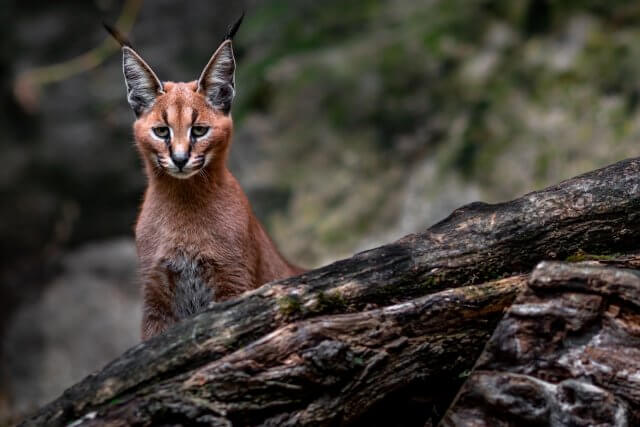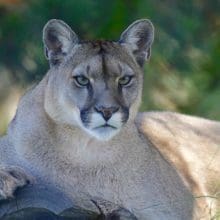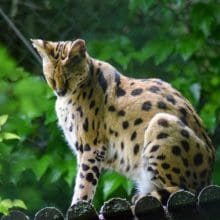Protecting the Future of Caracals Roaming Free
Caracals Roaming Free
The caracal, also known as the desert lynx, is a majestic and elusive wild cat that roams the vast landscapes of Africa, the Middle East, and parts of Asia. With its distinctive tufted ears and sleek body, the caracal is a symbol of grace and agility in the animal kingdom. However, these beautiful creatures are facing numerous threats to their survival, including habitat loss, poaching, and human-wildlife conflict. In this article, we will explore the importance of protecting the future of caracals and the steps that can be taken to ensure their continued existence in the wild.
The Threats Facing Caracals
1. Habitat Loss:
- Caracals primarily inhabit open woodlands, savannas, and scrublands.
- Human activities such as agriculture, urbanization, and deforestation are rapidly encroaching upon their natural habitats.
- This loss of habitat disrupts their natural behavior and limits their access to prey.
2. Poaching:
- Caracals are often targeted by poachers for their fur, which is highly valued in the illegal wildlife trade.
- The demand for caracal fur, especially in the fashion industry, puts immense pressure on their populations.
- Strict enforcement of anti-poaching laws and raising awareness about the consequences of buying products made from caracal fur are crucial in combating this threat.
3. Human-Wildlife Conflict:
- As human populations expand, conflicts between humans and caracals become more frequent.
- Caracals may prey on livestock, leading to retaliatory killings by farmers.
- Implementing measures such as the use of predator-proof enclosures for livestock and promoting coexistence between humans and caracals can help mitigate these conflicts.
Conservation Efforts
1. Protected Areas:
- Establishing and effectively managing protected areas is crucial for the conservation of caracals.
- These areas provide a safe haven for caracals to thrive and carry out their natural behaviors.
- Efforts should be made to expand existing protected areas and create new ones in regions where caracals are at high risk.
2. Community Engagement:
- Involving local communities in conservation efforts is essential for the long-term success of caracal conservation.
- Engaging communities through education, awareness campaigns, and sustainable livelihood programs can foster a sense of ownership and responsibility towards protecting caracals.
- By providing alternative income sources and promoting ecotourism, communities can benefit economically from the presence of caracals, reducing the likelihood of conflicts.
3. Research and Monitoring:
- Continued research and monitoring of caracal populations are vital for understanding their behavior, habitat requirements, and population dynamics.
- Technological advancements such as GPS collars and camera traps can provide valuable insights into caracal movements and help identify key areas for conservation.
- Collaboration between researchers, conservation organizations, and local communities is essential for collecting accurate data and implementing effective conservation strategies.
Success Stories
1. The Cape Peninsula, South Africa:
- The Cape Peninsula, home to a small population of caracals, has implemented successful conservation measures.
- By creating wildlife corridors and implementing predator-proof fencing, caracals are now able to move freely between fragmented habitats.
- Community education programs have also played a crucial role in reducing human-wildlife conflicts and promoting coexistence.
2. The Caracal Conservation Program, Iran:
- The Caracal Conservation Program in Iran has been instrumental in protecting the caracal population in the country.
- Through research, community engagement, and habitat restoration initiatives, the program has successfully increased caracal numbers and reduced human-wildlife conflicts.
- Efforts are ongoing to expand the program and replicate its success in other regions.
Conclusion
Caracals Roaming Free: The future of caracals roaming free depends on our collective efforts to protect their habitats, combat poaching, and promote coexistence with local communities. By establishing and effectively managing protected areas, engaging communities in conservation efforts, and conducting research and monitoring, we can ensure the survival of these magnificent creatures. Success stories from around the world demonstrate that with the right strategies and collaborations, it is possible to protect caracals and secure their place in the wild for generations to come. Let us work together to safeguard the future of caracals and preserve the biodiversity of our planet.
Read More About Caracals From Wikipedia





